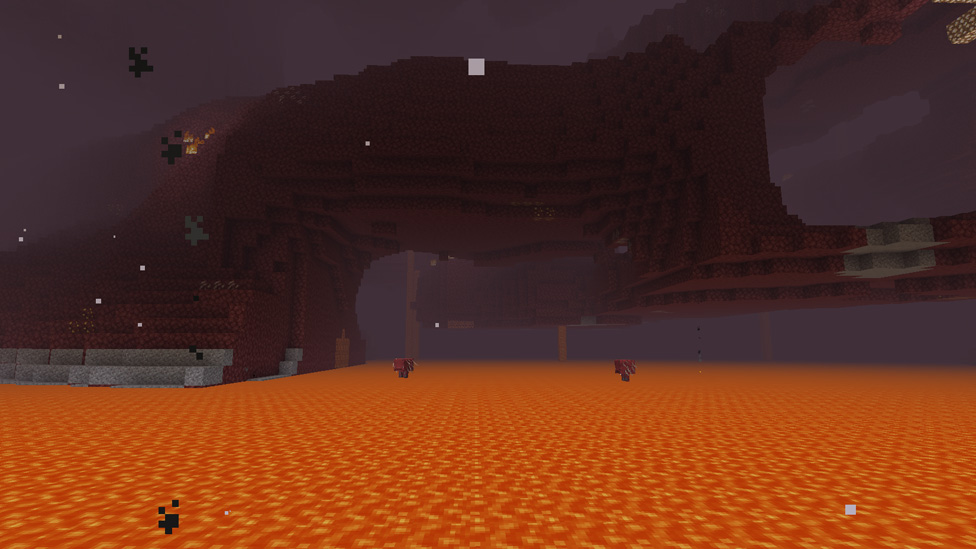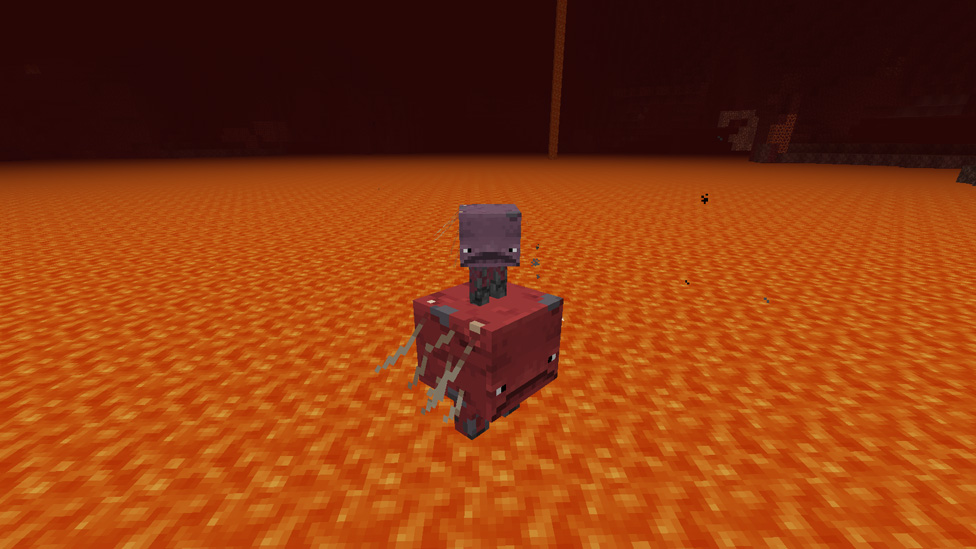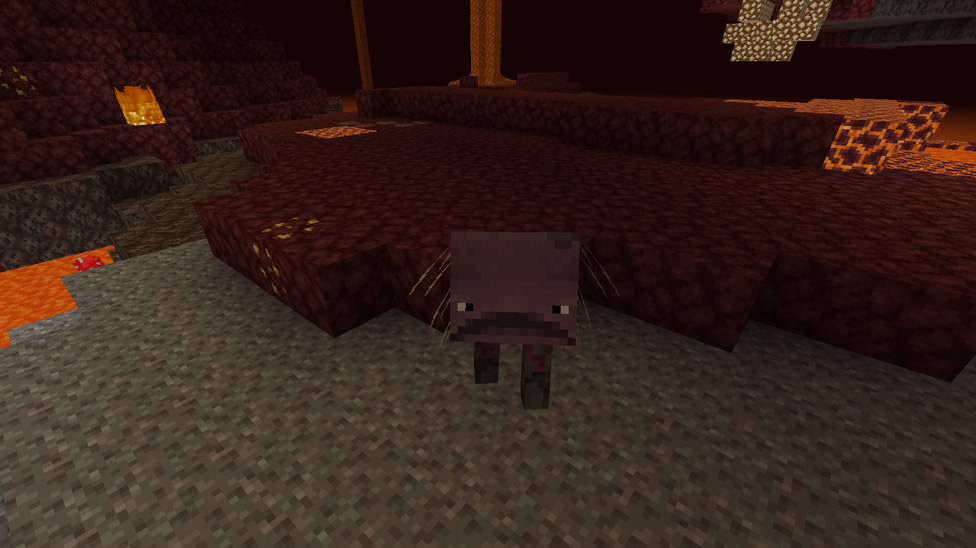Things You Didn't Know About Striders in Minecraft
Make Your Own Minecraft Server For Free
Your own Minecraft server is only 5 minutes away! We support simple one click install for over 1000 unique modpacks.
Free Minecraft Server Hosting
Things You Didn't Know About Striders in Minecraft

Minecraft hosts various beasts. Striders, or "lava walkers", inhabit the sizzling surfaces of the Nether. We'll probe into the enigmas of Striders, exploring their life, food choices, unusual gifts, and their part in Minecraft's vibrant world.
Understanding the Strider Life Cycle:
A Journey into AdulthoodStriders' life is quite a spectacle. From cute baby Striders to adults, every phase shows distinct traits and contacts. Many players may not grasp the twists of the Strider life, presenting an enchanting angle to dig into. Revealing the nitty-gritty of their growth adds understanding of their position in the Nether world and their coping mechanisms in a ruthless environment.
The Birth of Lava Walkers: Baby Striders
Small Striders, with their tiny stature and cheery manner, bring a bit of light to the otherwise scary Nether. Knowing their needs and actions of baby Striders helps us understand these creatures fully.
Navigating the Nether: Adolescent Striders
Teenage Striders are the stage when they grow their long legs, getting ready to cross the lava rivers. The phase offers changes and actions shown by Striders during their teens.Mature Lava Walkers: The Epitome of Adaptation
Grown-up Striders, with their unique look and enhanced skills, become key to the Nether's world. We look at the parts mature Striders take in saving their species here.Strider Head: Examining a Rare Drop with Purpose
In Minecraft, Striders occasionally drop a special item - the Strider Head. But why is it important and how can gamers use it? By understanding the Strider Head's uses, we see its worth. It's more than just a shiny prize, it's a big help for practiced players.Decorative Trophy: The Aesthetic Value of Strider Heads
While the Strider Head serves as a decorative trophy, this subheading delves into the aesthetic value it adds to player achievements and in-game showcases.Potential Crafting Component: Unlocking Strider Head Recipes
Dreaming up crafting recipes with Strider Heads is thrilling. This part discusses the crafting chances that gamers could discover with this infrequent drop.Feeding Habits of Striders: What Sustains the Lava Walkers?
Striders, the critters that roam around in the Nether's wide, barren space, eat in a special way. What do they look for when they're hungry? Their eating habits give us information about how they fit into the Nether's natural world and how players can interact with them.Warped Fungi Feast: The Diet of Lava Walkers
Mostly, these creatures munch on warped fungi, some weird plants from the Nether. This part talks more about how warped fungi give Striders the nutrients they need.
Ecosystem Dynamics: Striders as Environmental Contributors
Understanding what Striders snack on can make the game more fun! Looking into their eating helps us see how they keep the Nether's environment in check. Let's discover more on how Striders, with their food choices, change their surroundings.What do Striders eat in Minecraft?
Striders feed on the unique vegetation found in the Nether, known as warped fungi. This sustenance allows them to thrive in the harsh conditions of the lava-filled landscapes.
Can players tame and ride Striders?
Yes, players can interact with Striders by using a warped fungus on a stick. This allows them to control the movement of the Strider, turning these creatures into valuable companions for navigating lava lakes.
How rare is the Strider Head drop?
Strider Heads are rare finds. They are valued because they look great and can be used in crafting. Users seek them out because they are rare.
Do Striders have any unique behaviors or interactions?
Striders have unique habits. They like warped fungi and can easily cross lava. Knowing this can help improve how you play in the Nether.
Conclusion
Striders are mysterious creatures in the hot Nether. They are tough and can adapt. Learning about their life cycle and the importance of rare finds like Strider Heads changes how you play. By knowing their habits and special traits, players can connect with these lava walkers. This adds more fun to your Minecraft trips.Make Your Own Minecraft Server For Free
Your own Minecraft server is only 5 minutes away! We support simple one click install for over 1000 unique modpacks.
Start Your Server For Free!
Copyright 2019-2025 © ScalaCube - All Rights Reserved.